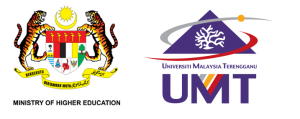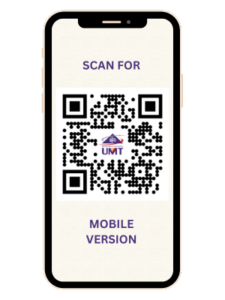
Description of the book :
Extraction of chitin and its derivative, chitosan, from natural sources is wellrecognised since they have numerous applications. This study intends to determine the optimal conditions for extracting chitosan from moon crab (Matuta lunaris) as well as its yield and chemical properties (degree of deacetylation, molecular weight, and ash content).
The conditions for extracting chitosan from moon crab (Matuta lunaris) were optimised using response surface methodology (RSM) with two variables having five levels each: deacetylation time (2, 4, 6, 8 and 10 h) and deacetylation temperature (60, 70, 80, 90, and 100 °C). Four responses factors of the extracted chitosan were tested: the yield, the degree of deacetylation, the molecular weight and the ash content.
The optimal temperature and time for deacetylation during chitosan extraction were determined to be 84.62 °C and 9.46 h, respectively. The selected conditions (84.62 °C and 9.46 h) predicted response values of 28.96 ± 0.93% for chitosan yield, 56.68 ± 1.66% for degree of deacetylation, 567.17 ± 13.91 kDa for molecular weight, and 10.59 ± 0.62% for ash content in chitosan powder. The chitosan extracted from Matuta lunaris carapaces is purposed as another aid in the clarification process being a natural and environmentally friendly adherent.

